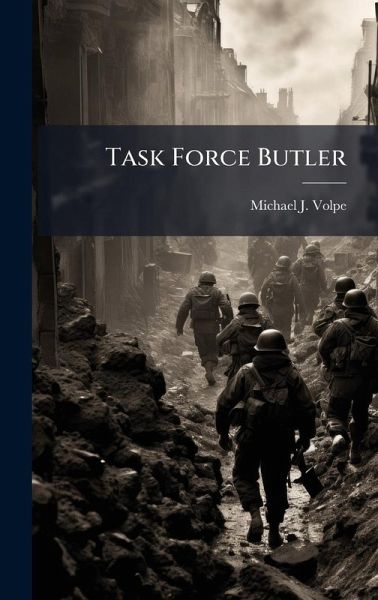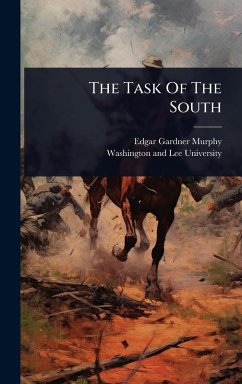
Task Force Butler
Versandkostenfrei!
Versandfertig in über 4 Wochen
29,99 €
inkl. MwSt.
Weitere Ausgaben:

PAYBACK Punkte
15 °P sammeln!
On 15 August 1944, an Allied army launched a second amphibious landing against the coast of southern France. The Allies, having shattered German defenses around the beachhead, decided to exploit the chaos in the enemy camp. On 17 August 1944, Major General (MG) Lucian K. Truscott Jr., with no mobile organic strike force assigned to his VI Corps, ordered the assembly of and attack by an ad hoc collection of units roughly equivalent to an armored brigade. This provisional armored group (Task Force (TF) Butler) experienced remarkable success despite a dearth of planning, no rehearsals, and no his...
On 15 August 1944, an Allied army launched a second amphibious landing against the coast of southern France. The Allies, having shattered German defenses around the beachhead, decided to exploit the chaos in the enemy camp. On 17 August 1944, Major General (MG) Lucian K. Truscott Jr., with no mobile organic strike force assigned to his VI Corps, ordered the assembly of and attack by an ad hoc collection of units roughly equivalent to an armored brigade. This provisional armored group (Task Force (TF) Butler) experienced remarkable success despite a dearth of planning, no rehearsals, and no history of working together in either training or combat. This case study examines the success of TF Butler from the perspectives of doctrinal development in the United States (US) Army, the unit's unique task organization, and the leadership's employment of the unit in combat. The use of ad hoc formations to meet unforeseen situations was not unique to World War II; American units currently serving in the Middle East are regularly assigned units they have no habitual relations with to conduct combat operations. This case study may prove useful in preparing contemporary military leaders for the types of challenges they will face conducting operations in the contemporary operational environment. This work has been selected by scholars as being culturally important, and is part of the knowledge base of civilization as we know it. This work was reproduced from the original artifact, and remains as true to the original work as possible. Therefore, you will see the original copyright references, library stamps (as most of these works have been housed in our most important libraries around the world), and other notations in the work. This work is in the public domain in the United States of America, and possibly other nations. Within the United States, you may freely copy and distribute this work, as no entity (individual or corporate) has a copyright on the body of the work. As a reproduction of a historical artifact, this work may contain missing or blurred pages, poor pictures, errant marks, etc. Scholars believe, and we concur, that this work is important enough to be preserved, reproduced, and made generally available to the public. We appreciate your support of the preservation process, and thank you for being an important part of keeping this knowledge alive and relevant.












